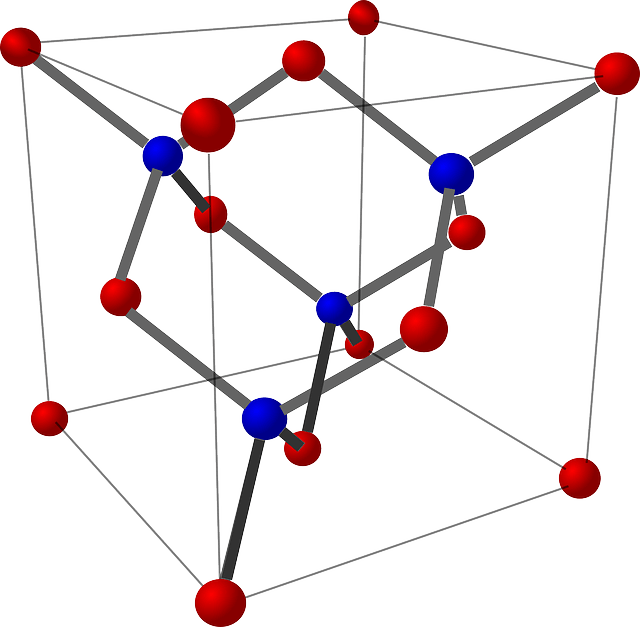2D Shapes
Courses tagged with "2D Shapes"
Perimeter
Learn about perimeter, what it is, understand units of length used to measure preimeter and how to use different methods to find the perimeter of a range of shapes. This course is ideal for intermediate learners.
Introduction
The perimeter is the distance around the edge of a shape.Here are some examples of when we may need to find the perimeter of a shape in everyday life:
· Making a picture frame
· Putting a border around a cushion
· Fitting a rail around a room
You will learn
- Know what perimeter is
- Understand units of length used to measure perimeter
- Be able to use different methods to find the perimeter of a range of shapes
Length and Distance
Learn about length and distance and understanding the difference between standard and non-standard units of measurement for length and distance. This course is ideal for intermediate learners.
Introduction
We can measure length or distance using either standard or non-standard units of measurement.A unit is a general term that means a type of measurement. A unit is any measurement that there is 1 of, such as:
· 1 metre
· 1 yard
· 1 kilometre
Standard units of measurement are standardised, meaning that there is a well-defined standard way to measure 1 of them. We use them when we need exact measurements.
There are two main systems of measurement for length and distance:
· Metric units of length include millimetres, centimetres, metres and kilometres
· Imperial units of length include inches, feet, yards and miles
You will learn
- Understand the difference between standard and non-standard units of measurement for length and distance
- Understand standard units of measurement for length and distance, including metric and imperial units
- Be able to choose appropriate units of measurement and measuring equipment
- Be able to measure the lengths of objects accurately
Area
Learn about area, the meaning, how to work out areas by counting and calculating and solve simple problems involving area. This course is ideal for intermediate learners.
Introduction
Area is the space on a flat surface. It is measured in square units.
A square measures 1 cm high and 1 cm wide. It is 1 square centimetre (the shortened version are the letters c and m with a small number two placed just above the m, which represents squared).
There are many different units of measurement that can be used to measure area.Square millimetres
There are 10 millimetres in a centimetre. A square millimetre is millimetres times by millimetres, which is written mm² (the letters m and m, with the squared symbol).
Square centimetres
There are 100 centimetres in a metre. A square centimetre is centimetre times by centimetre, which is written cm² (the letters c and m, with the squared symbol).
Square metres
There are 1,000 metres in a kilometre. A square metre is metres times by metres, which is written m² (the letter m, with the squared symbol).
Square kilometres
A kilometre is equal to 1,000 metres. A square kilometre is kilometre times by kilometre, which is written km² (the letters k and m, with the squared symbol).
You will learn
- Understand the meaning of area
- Be able to work out areas by counting and calculating
- Be able to solve simple problems involving area
3D Shapes
Learn about 3D shapes, how to identify common 3D shapes, the properties of common 3D shapes and common 3D shapes in the real world. This course is ideal for intermediate learners.
Introduction
You need to be familiar with the following 3D shapes:· Cube – a 2D version of a cube would be a square. A real-life example of a cube is a die.
· Cuboid – a 2D version of a cuboid would be a rectangle. A real-life example of a cuboid is a brick.
· Cylinder – a cylinder is an elongated circle. A real-life example of a cylinder is a tin can.
· Pyramid – a 2D version of a pyramid is a triangle. A real-life example of a pyramid is the Egyptian pyramids.
· Sphere – a 2D version of a sphere is a circle. A real-life example of a sphere is a ball.
You will learn
- Identify common 3D shapes
- Describe the properties of common 3D shapes
- Identify common 3D shapes in the real world
2D Shapes
Learn about 2D shapes, how to identify, a range of common 2d shapes, shapes in the real world and the properties of common 2D shapes. This course is ideal for intermediate learners.
Introduction
You need to be able to name these common 2D shapes. Check out the descriptions below. In the following course you will be asked to identify some of these shapes found in real life:
· Circle – a circle is a perfectly round shape with a constant diameter and radius· Square – a square is a four-sided shape which is created by connecting the four lines together. The lines in the square are all of equal lengths and they come together to form four right angles
· Triangle – a triangle is a three-sided shape which is created by connecting the three lines together. Unlike, a rectangle or a square, in a triangle, the angles can all be different.
· Trapezium – a trapezium is a four-sided shape which is created by connecting the four lines together. Unlike a square, a trapezium only has one pair of parallel lines, two lines that are side by side and have the same distance between them
· Hexagon – a hexagon has six equal sides which are all connected together to create the shape – it also has six equal angles
You will learn
- Identify a range of common 2D shapes
- Identify shapes in the real world
- Identify the properties of common 2D shapes
3D Shapes
Learn about 3D shapes, specifically identifying and describing different 2D shapes. This course is ideal for beginners.
Introduction
In this session we will be learning about 3-dimensional shapes, also called 3D shapes.A dimension is a measurement in one direction.
The number of dimensions is how many values are needed to locate points on a shape.
For example:
· A point has no dimensions, only position
· A line has 1 dimension
· A square has 2 dimensions
· A cube has 3 dimensions
You will learn
- Distinguish between polyhedron and non-polyhedron solids
- Identify platonic solids, prisms and pyramids
- Describe the characteristics of 2D shapes in terms of faces, edges and vertices
2D Shapes
Learn about 2D shapes, specifically indetifying the regular and irregular polygons and describing the characteristics of 2D shapes. This course is ideal for beginners.
Introduction
In this session we will be learning about 2-dimensional shapes, also called 2D shapes.A dimension is a measurement in one direction.
The number of dimensions is how many values are needed to locate points on a shape.
For example:
· A point has no dimensions, only position· A line has 1 dimension
· A square has 2 dimensions
· A cube has 3 dimensions
You will learn
- Identify the regular and irregular polygons
- Describe the characteristics of 2D shapes








